
Imagine you have logs that are hard to split. You need the right tool for your job. You might use a gas log splitter, electric log splitters, hydraulic log splitters, or manual log splitters. Think about what you need to split logs. Look at the type of wood you have. Some people need heavy-duty log splitters. You should also think about how easy it is to move and store gas-powered log splitters.
Assessing Your Needs
Property Size
Start by looking at the size of your property. If you have a large area with many trees, you will likely need a more powerful log splitter. Think about how far you need to move the machine. A bigger property may require a portable model. You should also measure the size of the logs you plan to split. Make sure the log splitter can handle the length and diameter of your typical logs. Consider the log size and hardness, as these affect the splitting force you need.
Log size: Measure both the length and diameter.
Wood hardness: Hardwoods like oak and hickory need more force than softwoods like pine.
Wood Type and Log Size
The type of wood and the size of each log matter a lot. Some woods are easy to split, while others are tough. Use this table to help you match wood type and tonnage:
Wood Type |
Tonnage Required |
|---|---|
Softwoods |
4-10 tons |
Hardwoods |
10-20 tons (medium) / 20+ tons (high) |
For softwoods such as pine, cedar, and cypress, a log splitter with 22 to 28 tons of power usually works well. Hardwoods like oak, ash, and poplar need more power. If you split elm, you may need a 37-ton splitter. Always match the log size and hardness to the right machine.
Usage Frequency
How often you split wood helps you choose the right log splitter. If you only split wood a few times a year, a smaller model may be enough. If you split wood often, you need a higher capacity. Here is a quick guide:
Usage Frequency |
Recommended Capacity |
|---|---|
Occasional |
|
Frequent |
27 tons or more |
Tip: Write down your property size, average log size, and how often you split wood. These practical tips for log splitter selection will help you find the best fit.
Use these practical tips for log splitter selection to make sure you get a machine that matches your needs and property.
Gas Log Splitter Features
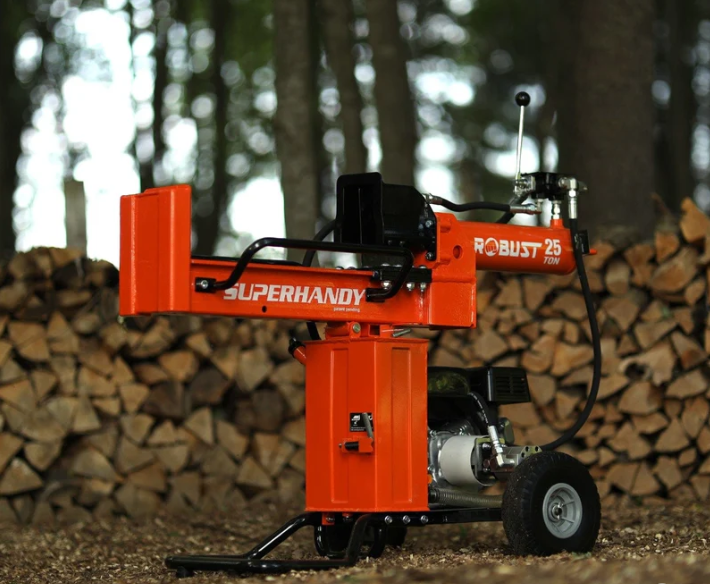
When you pick a gas log splitter, you need to know about its features. These features help the machine work better and keep you safe. Each one matters for your property and how you split wood.
Tonnage and Power
Tonnage is the force the log splitter uses. You must match the tonnage to your wood type and log size. Hardwoods like oak, locust, and walnut are very dense. They need more power to split. Softwoods like pine and poplar are easier to split. Bigger logs and green wood also need higher tonnage.
Hardwoods like locust, oak, and walnut need much more tonnage than softwoods like poplar and pine because they are denser.
If the wood is thicker, you need more tonnage to split it.
Green wood, which is not dried, needs more pressure than seasoned wood.
Check this table to see how much tonnage you might need:
Tonnage Category |
Suitable For |
Recommended Tonnage |
|---|---|---|
Low Tonnage |
Smaller, softer wood |
4-10 tons |
Medium Tonnage |
Medium-sized logs of moderate hardness |
10-20 tons |
High Tonnage |
Large or particularly hard logs |
Over 20 tons |
Picking the right tonnage helps the splitter work well. If you pick too little, the splitter may not work on tough logs. Too much power can waste fuel and cost more money.
Operation Type
Gas log splitters come in three types: horizontal, vertical, and dual. Each type changes how you use the machine and how fast you work.
Type |
Ideal Log Size |
Ergonomics |
Efficiency |
Best For |
|---|---|---|---|---|
Horizontal |
Smaller pieces |
More lifting required |
Faster for high-volume splitting |
Homeowners |
Vertical |
Over 18-20" |
Roll logs in, less lifting |
Slower but stronger |
Professionals, firewood sellers |
Dual |
Varies |
Flexible operation |
Depends on mode used |
Users needing versatility |
Horizontal splitters are quick and easy to move. They are good for small logs.
Vertical splitters let you roll big logs into place. This means less lifting.
Dual splitters can switch between both ways. They are good if you need to split different log sizes.
Horizontal splitters are best for logs you can lift. They are simple and good for home use. Vertical splitters help with big, heavy logs. You can roll the log instead of lifting it. Dual splitters give you both choices. Pick the type that fits your strength, log size, and how much you want to move the machine.
Cycle Time
Cycle time is how long it takes to split a log and get ready for the next one. Shorter cycle times mean you can split more wood faster.
Most gas log splitters have cycle times between 10 and 20 seconds.
Better models are faster and help you get more done.
For example, the Countyline 25-ton splitter has a cycle time of 11.5 seconds. The 40-ton model is even faster at 9.5 seconds.
Faster cycle times mean you can split more wood in less time.
Hydraulic splitters with good cycle times can split much more wood than manual ones.
If you learn the right way to use the splitter, you can double your work. This shows why cycle time is important.
If you split wood a lot, pick a splitter with a short cycle time. This will help you finish faster and with less work.
Portability
Portability is important if you need to move your log splitter. Some models, like the Brave VH1737GX, can be towed. You can pull them with a truck, ATV, or UTV. The Landworks 20 Ton Log Splitter is light and has 10-inch wheels for easy moving.
Lightweight build
10-inch wheels for moving
Fast setup and easy to move
Feature |
Description |
|---|---|
Mobility |
Can be pulled by a truck, ATV, or UTV |
Efficiency |
Split wood right where the trees are |
Speed |
Quick setup with trailer hitch, lights, and strong tires |
Power |
Most towable splitters have strong engines and hydraulic systems |
Portability helps you work faster because you can split wood where it falls. You do not have to carry heavy logs far.
Safety Features
Safety features keep you from getting hurt when using a gas log splitter. New machines have many features to protect you and help the splitter work better.
Safety Feature |
Description |
|---|---|
Two-Handed Operation Controls |
You must use both hands, so your hands stay safe. |
Log Cradles |
Hold the split wood so it does not fall and hurt you. |
Emergency Stop Feature |
Lets you stop the machine quickly if something goes wrong. |
Protective Shields |
Keep you safe from flying wood pieces. |
The U.S. Consumer Product Safety Commission says log splitters can cause bad injuries. People have broken wrists, crushed hands, or lost fingers. Many injuries happen from engine kickback or the machine tipping over. A study found that 2.8% of people in the hospital for finger amputation from 2012 to 2016 got hurt by wood splitters. Almost half of these people lost fingers. Using power tools is risky for hand injuries, especially for men over 55. Wood splitters are the top cause of machine hand injuries in some studies.
Always use safety features and follow safety rules. This helps you avoid accidents and keeps you safe. Be careful and pay attention when using the machine.
When you pick a gas log splitter, look for safety features like two-handed controls, log cradles, emergency stops, and shields. These features help keep you safe and let you work with confidence.
If you know about these features, you can pick a gas log splitter that fits your property, wood, and needs. The right mix of power, speed, portability, and safety will make splitting wood easier and safer.
Comparing Log Splitter Options
Reliability and Warranty
You want a log splitter that lasts a long time. Always read customer reviews before you buy one. Check the warranty to see how long it lasts. Some brands are known for being strong and reliable:
Ariens 22-Ton Gas Log Splitter has a Subaru engine and a 3-year warranty.
Champion Power Equipment 7-Ton Gas Log Splitter is small but powerful, and people like it.
Dirty Hand Tools 22-Ton Gas Log Splitter works fast and also has a 3-year warranty.
Pick brands with long warranties. This means the company trusts their machine. Reviews can help you find problems and see if repairs are easy.
Budget and Value
Log splitters have different prices. Manual ones cost less money. Commercial machines cost more. To get the best deal, look at what features you need and the price. Expensive models often have more power or special features. Think about how much it costs to use the machine over time. Gas models might need more care than electric ones.
Look at features and price to find the best deal.
Think about costs for fuel and fixing the machine.
Read reviews to see if the price is fair.


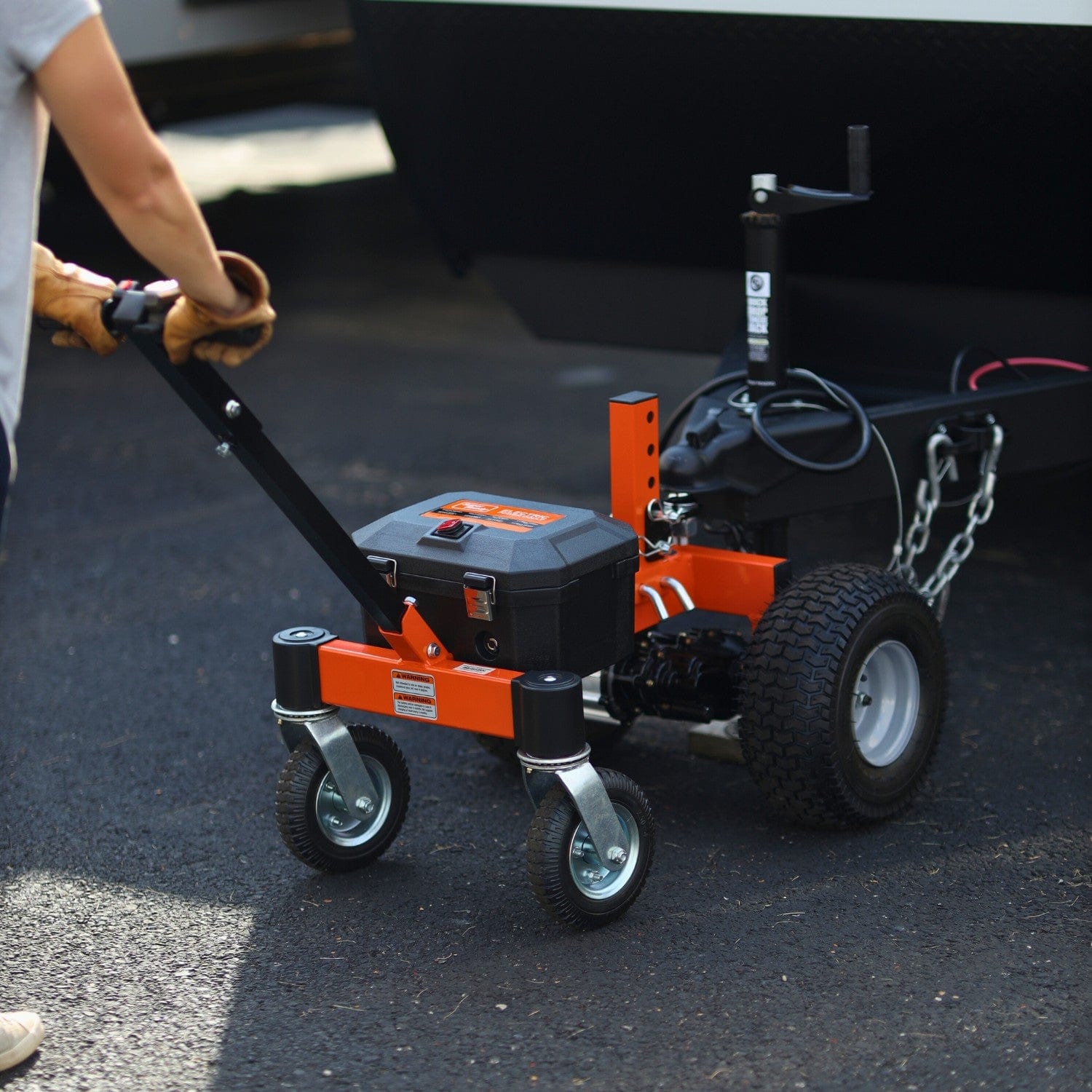
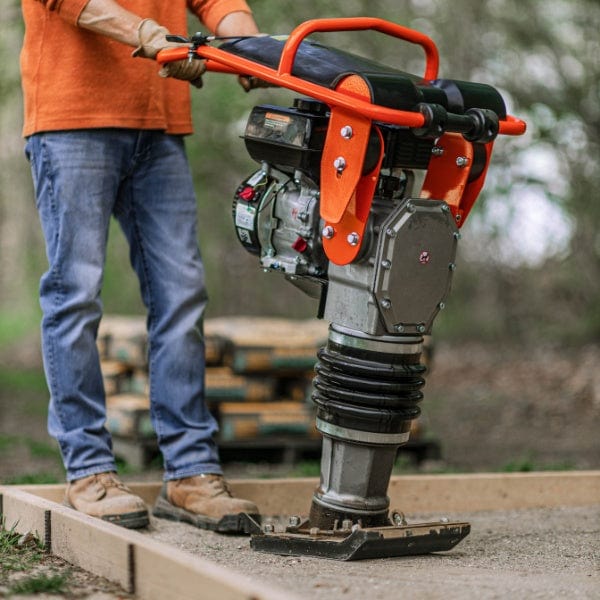
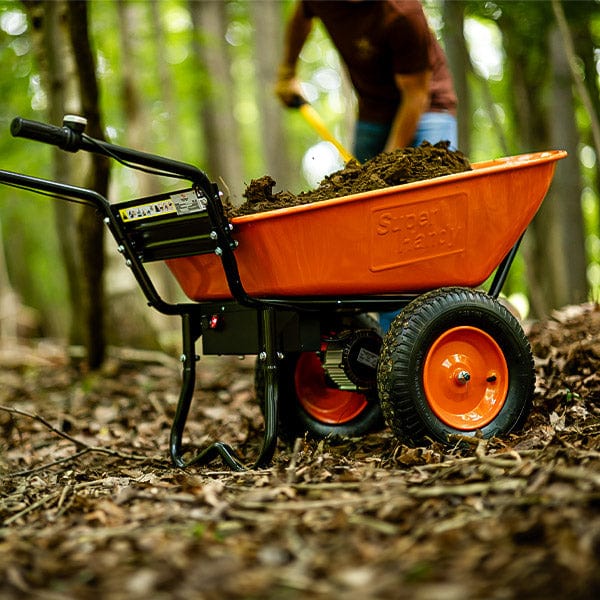


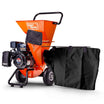
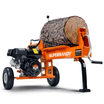

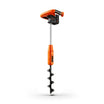
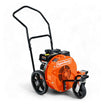



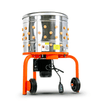
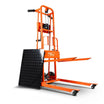

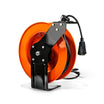

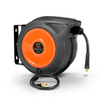


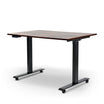


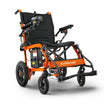


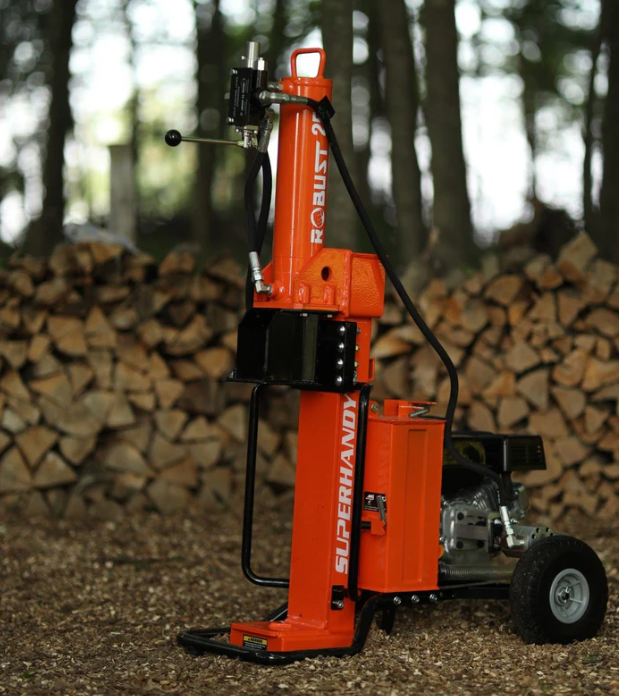
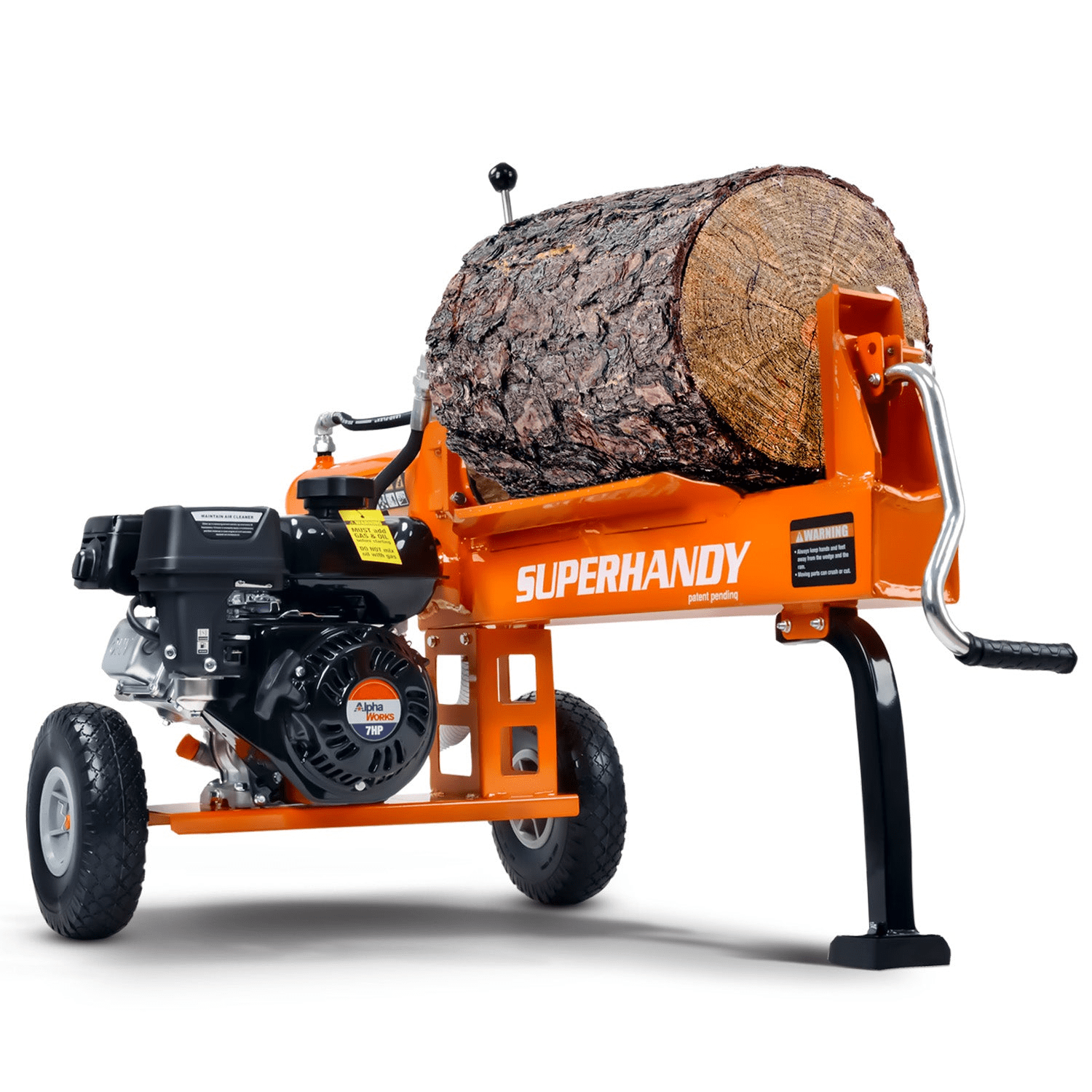
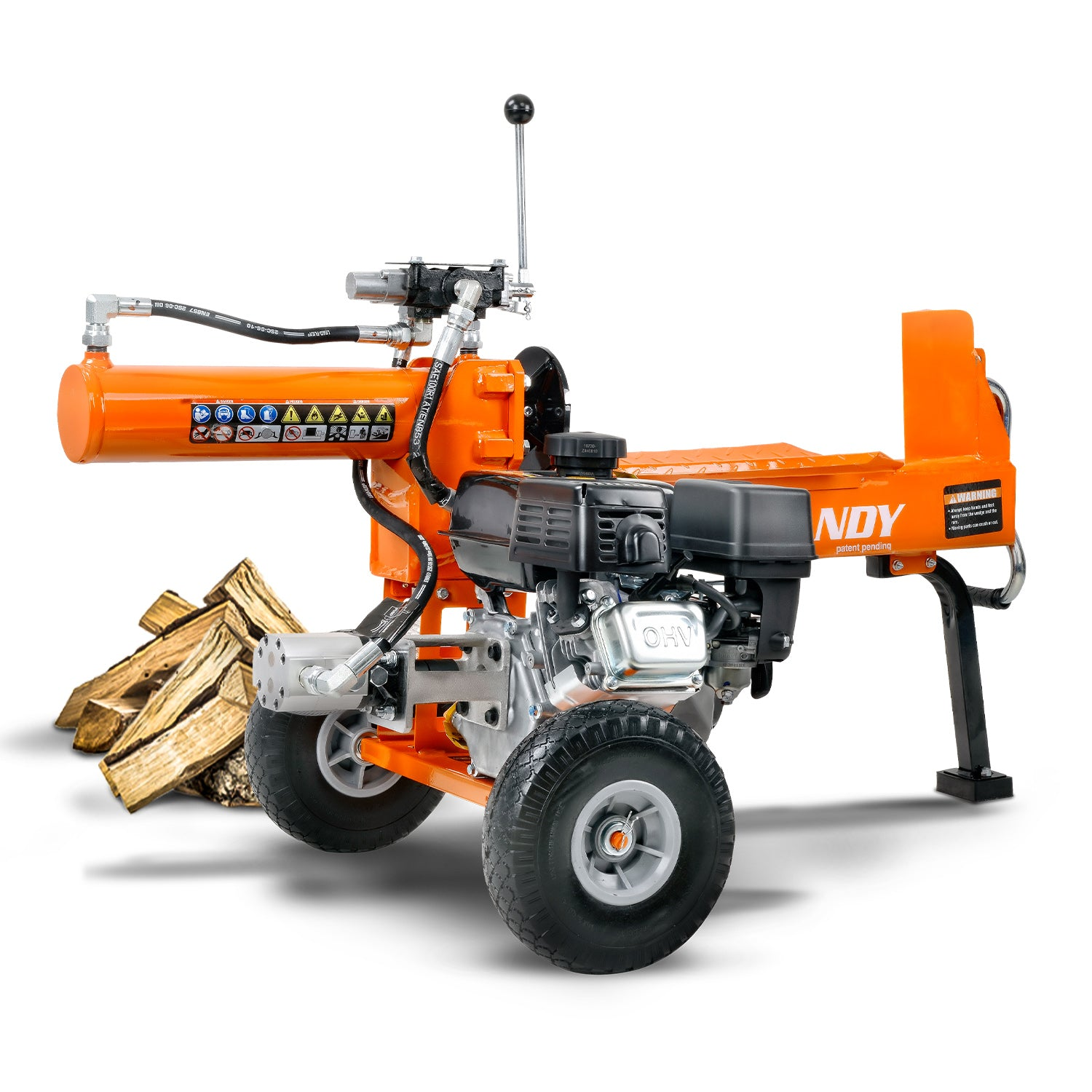
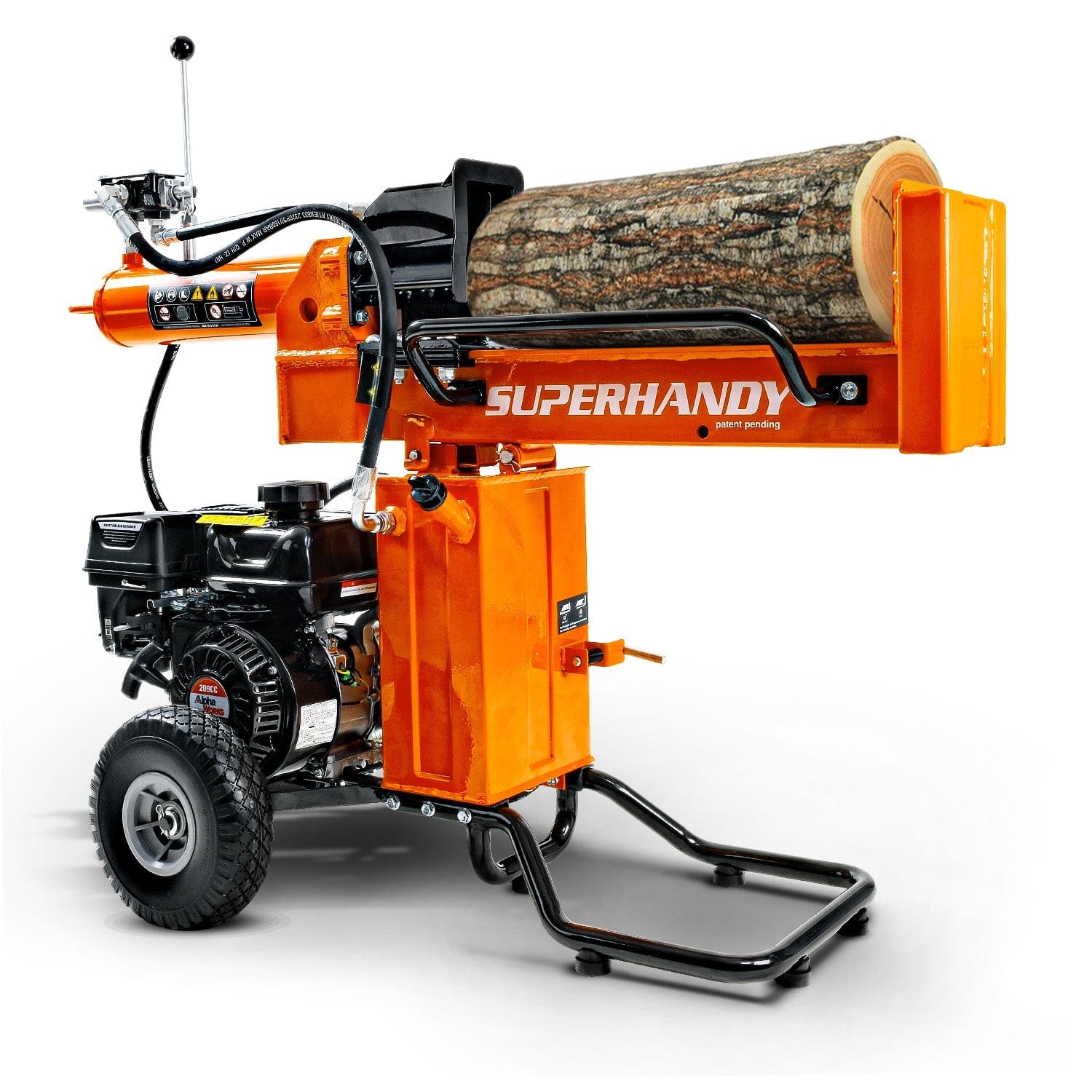

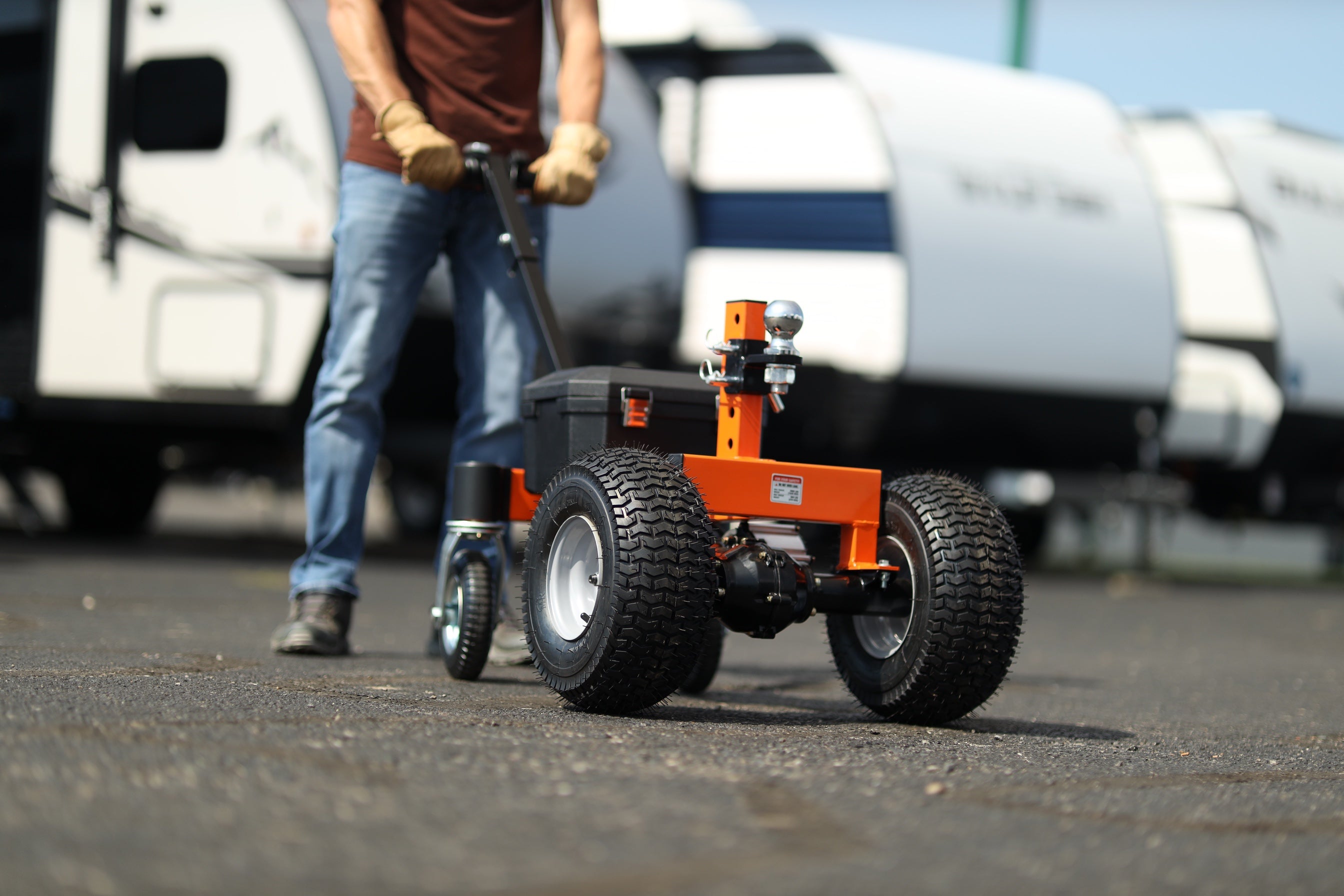

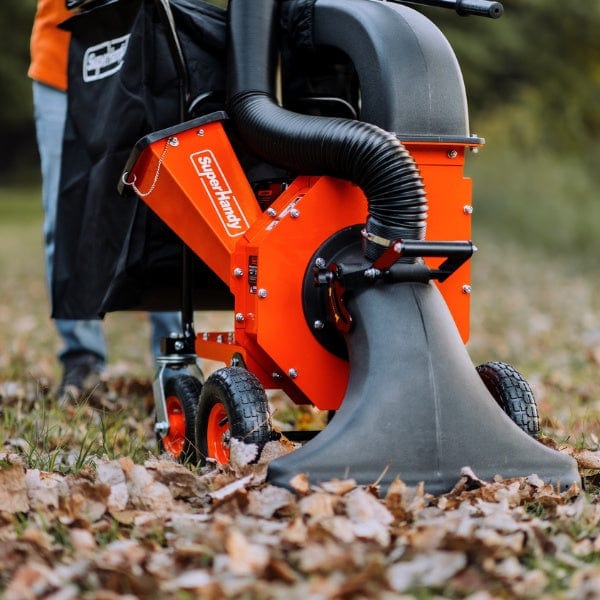
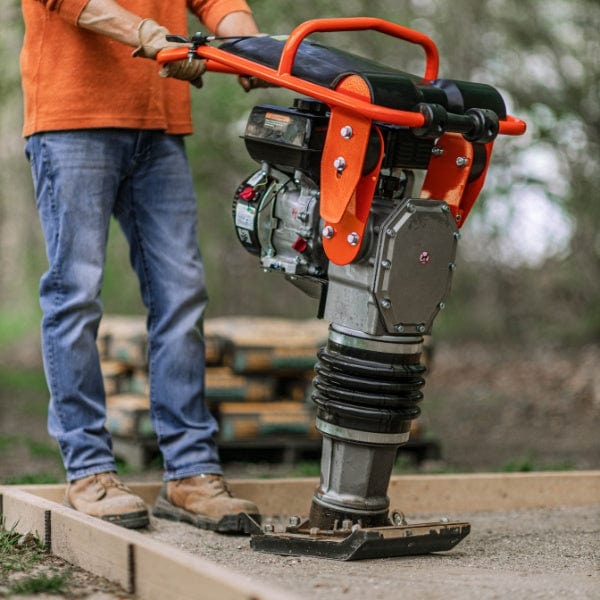

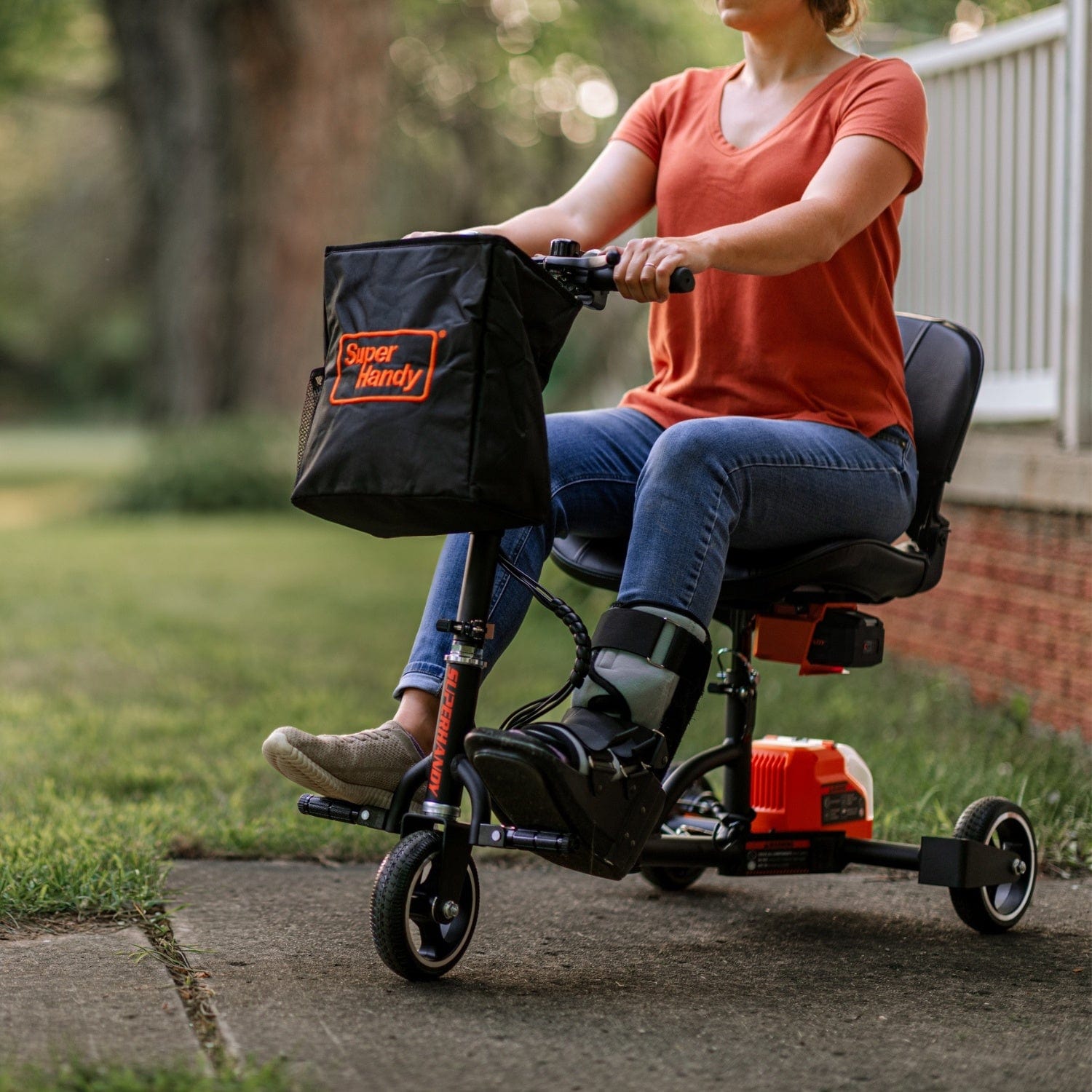
Leave a comment
All comments are moderated before being published.
This site is protected by hCaptcha and the hCaptcha Privacy Policy and Terms of Service apply.